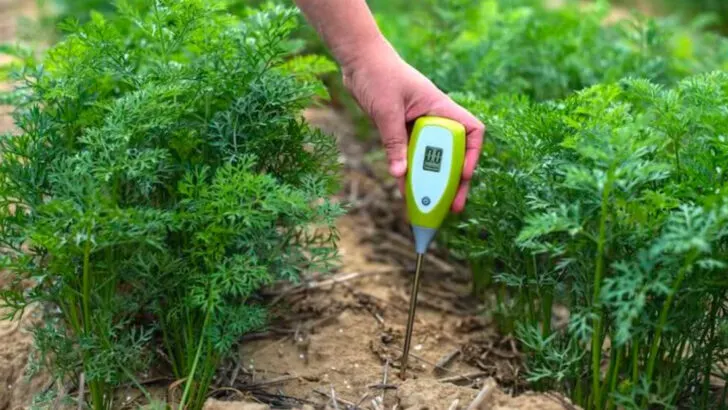Some gardening routines feel productive—but might actually be holding your plants back. Whether it’s overwatering, constantly rearranging containers, or sticking to outdated “rules,” there are a few habits most gardeners fall into that can slow down growth or even cause stress to your plants without you realizing it.
The good news? Swapping out just a few of those bad habits with smarter, science-backed ones can make a huge difference in your garden’s success. From timing your watering better to embracing more natural soil health strategies, small changes can lead to faster, stronger plant growth and less guesswork overall.
In this list, we’ll cover 5 common habits to break ASAP—and 12 proven ones that seasoned gardeners swear by for getting things to thrive quicker. If you want a garden that grows itself (almost), this is where to start.
Over-Watering Your Plants
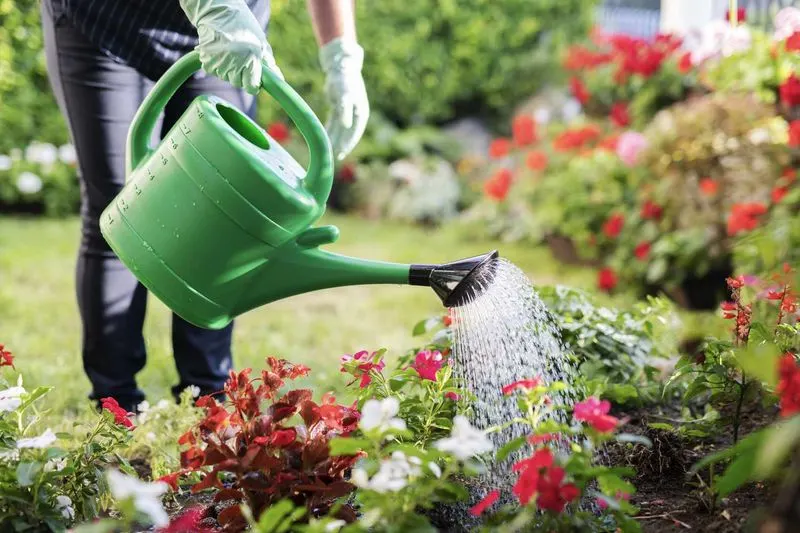
Many gardeners think more water equals healthier plants, but excess moisture can drown roots. Plants need oxygen just like we do. Without it, they suffocate. Consider the plant’s native environment; desert plants don’t need daily showers. Instead, monitor soil moisture. Invest in a moisture meter for accuracy. Overwatering can lead to root rot, making plants appear thirsty when they’re actually drowning. Adjust watering habits based on seasons and weather changes. Your garden will thank you with vibrant growth and fewer diseases. “More” is not always better when it comes to watering.
Ignoring Soil Health
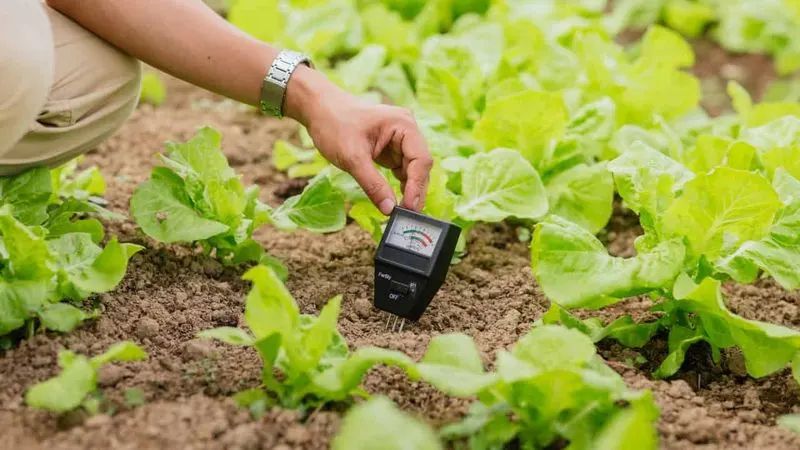
Healthy soil is the bedrock of a thriving garden. Ignoring it is like ignoring the foundation of a house. It’s not just dirt; it’s a living ecosystem. Regularly check pH levels and amend as needed. Composting helps add vital nutrients. Rotate crops to avoid nutrient depletion. Consider cover crops during off-seasons to maintain soil vitality. These practices keep the soil teeming with microorganisms that support plant health. Ignoring soil health can lead to poor plant growth and increased susceptibility to pests. Pay attention to this crucial aspect for a flourishing garden.
Planting Out of Season
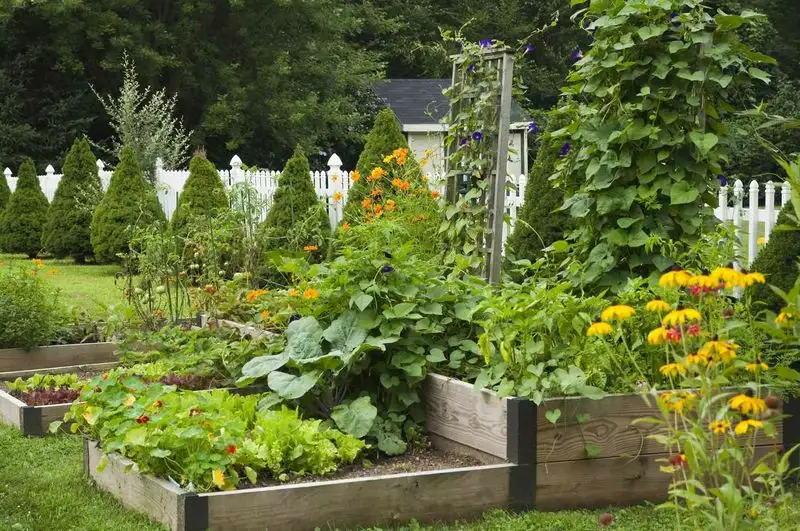
Each plant has its season, and planting outside this window can spell disaster. Plants need specific conditions to thrive. Planting tomatoes in winter is like wearing a swimsuit in a snowstorm—misguided. Research local planting guides to understand seasonality. Utilize gardening apps for tailored advice. This ensures you plant at the right time, giving seeds the best chance to germinate and grow strong. Not aligning with nature’s clock can result in wasted effort and disappointment. Respect timing, and your garden will reward you with bountiful produce.
Using Chemical Pesticides Excessively
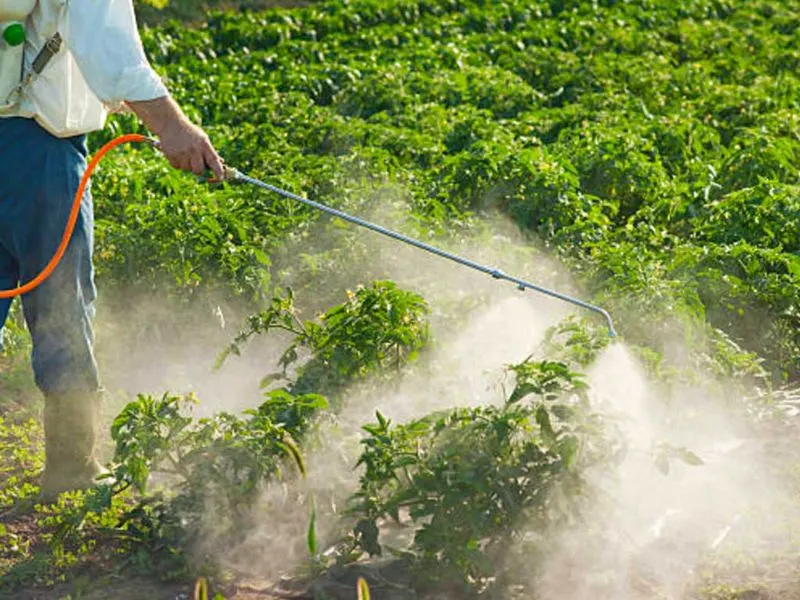
Chemical pesticides can offer quick fixes but at a cost. They can harm beneficial insects and degrade soil quality. Overuse can lead to pesticide resistance. Opt for integrated pest management (IPM) practices. Introduce ladybugs to control aphids. Use neem oil as a natural deterrent. These alternatives are gentler on the ecosystem. Excessive chemicals disrupt the balance necessary for a healthy garden. Embrace natural predators and organic treatments to maintain harmony. This approach fosters a resilient garden, less prone to outbreaks and more sustainable over time.
Neglecting Pruning
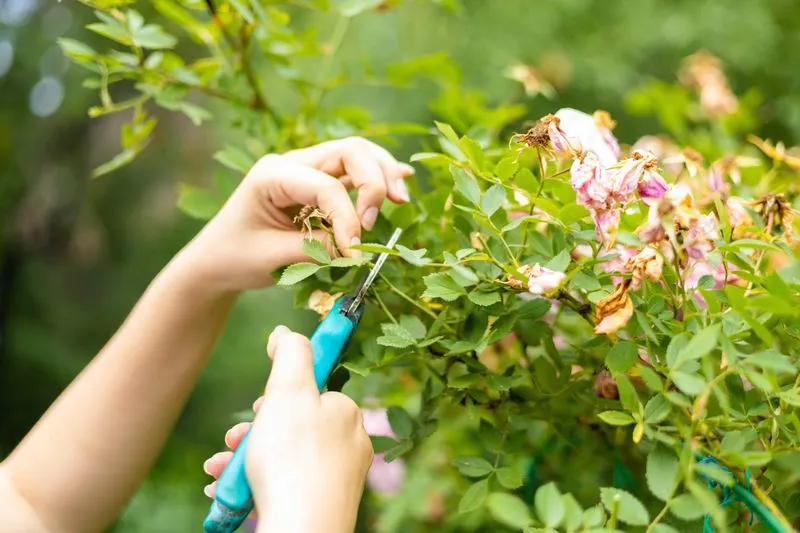
Pruning is often overlooked, yet it’s vital for plant health. Overgrown branches can hinder growth and reduce blooms. Regular pruning encourages new growth and shapes plants aesthetically. Each cut allows sunlight to penetrate deeper, enhancing photosynthesis. Timing is crucial; prune when plants are dormant to minimize stress. Neglecting this task can lead to dense, unproductive growth. Sharp, clean tools are essential to avoid disease transmission. Keep your garden tidy and productive by integrating pruning into your routine. Your plants will show gratitude with vigorous growth and vibrant displays.
Mulching Wisely
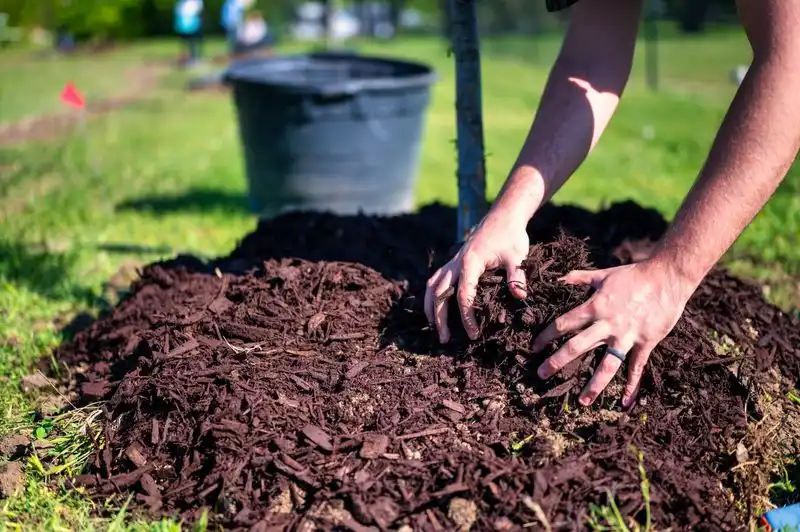
Mulch is more than decorative; it conserves moisture and suppresses weeds. Apply a thick layer around plants to keep roots cool in summer and warm in winter. Organic mulches, like straw or wood chips, decompose, enriching the soil. Avoid piling mulch against plant stems; this invites rot and pests. Mulching wisely can improve soil structure and fertility over time. It acts as a buffer against temperature extremes. By choosing the right mulch and applying it correctly, you create a protective, nourishing blanket that supports robust plant growth throughout the seasons.
Embracing Companion Planting
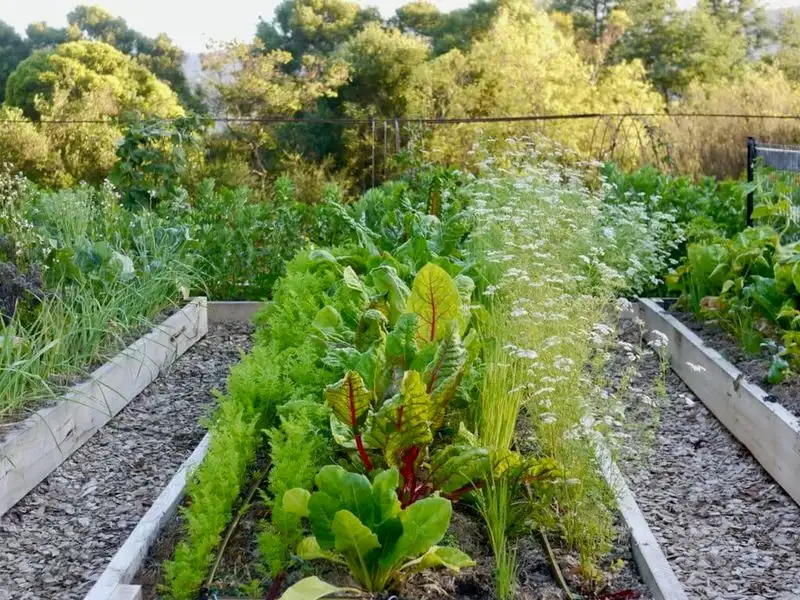
Companion planting is like matchmaking for plants. It boosts growth by pairing compatible species together. Planting marigolds with tomatoes can deter nematodes, while basil enhances their flavor. These plant pairings create a balanced ecosystem that supports pest control and enhances yields. Aromatic herbs can confuse and repel insect pests. Experiment with different combinations to discover what works best in your garden. Companion planting is a natural way to optimize space and resources, leading to a more productive, aesthetically pleasing garden.
Testing Soil Regularly
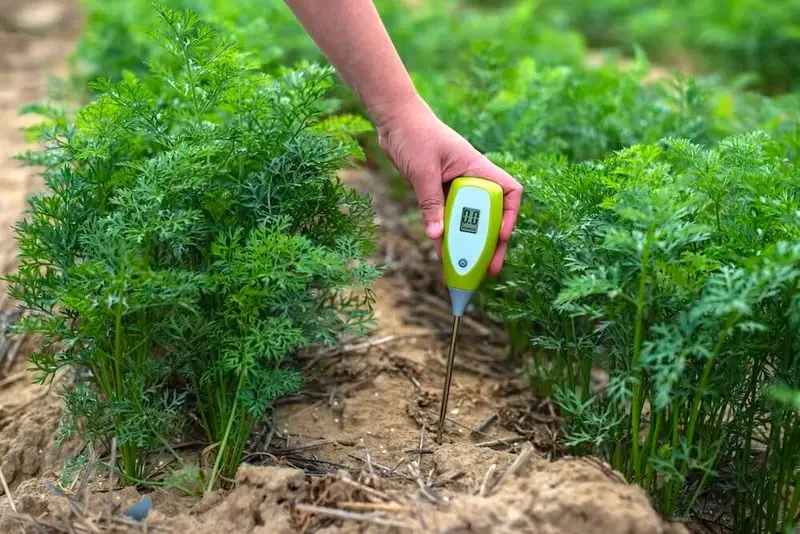
Regular soil testing reveals nutrient levels and pH, guiding fertilizer use. It’s like a health check-up for your garden. Knowing your soil’s composition helps tailor amendments precisely, avoiding imbalances that hinder plant growth. Testing can identify deficiencies before they affect plants. It allows for informed decisions, optimizing the conditions for robust growth. This proactive approach can prevent common problems like nutrient lockout. By understanding soil needs through regular testing, you set the stage for a thriving garden environment, ensuring plants receive the essential nutrients for success.
Encouraging Pollinators
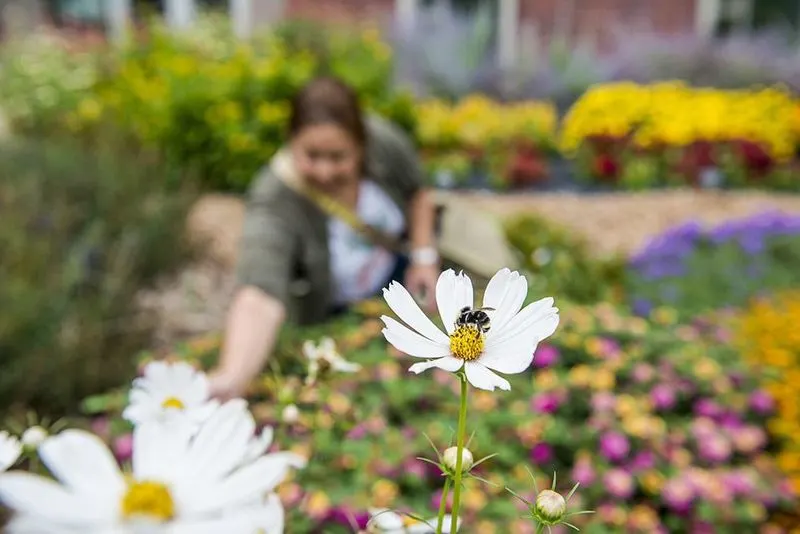
Pollinators are vital for plant reproduction. Their presence boosts yields and plant health. To attract them, plant a variety of flowering species and avoid pesticides. Bees love lavender and sunflowers, while butterflies are drawn to milkweed. Provide water sources and shelter to keep them coming back. Pollinators not only enhance garden productivity but also contribute to biodiversity. Their role in the ecosystem is irreplaceable, making it crucial to create a pollinator-friendly environment. By encouraging these garden allies, you ensure a richer, more fruitful harvest season after season.
Practicing Crop Rotation
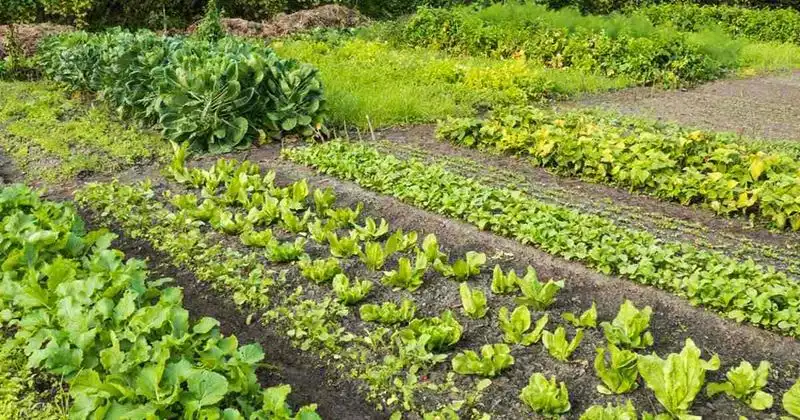
Crop rotation prevents soil depletion and reduces pest buildup. By changing plant locations annually, you confuse pests and diseases, making it harder for them to take hold. Different plants have varying nutrient needs; rotating helps balance soil fertility. It reduces reliance on chemical fertilizers. Plan rotations based on plant families for best results. This practice mimics natural ecosystems, fostering resilience and vitality. Crop rotation not only supports soil health but also boosts yields. Implementing this strategy ensures a sustainable, productive garden year after year, safeguarding long-term success.
Using Organic Fertilizers
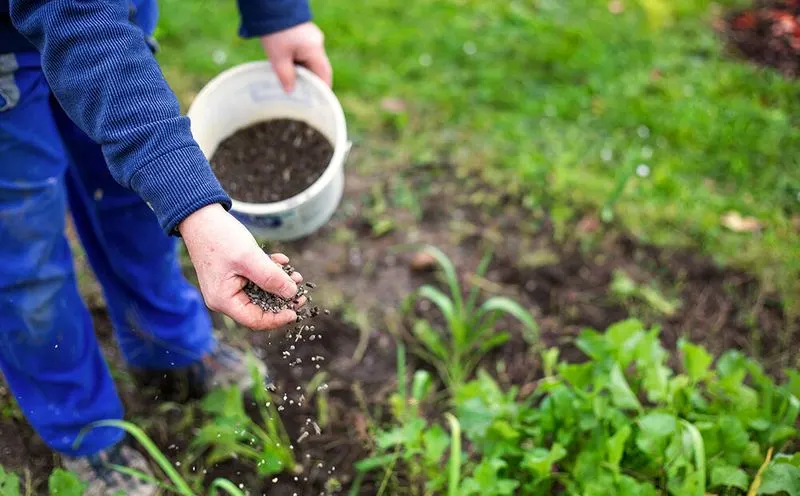
Organic fertilizers feed the soil, not just the plants. They’re derived from natural sources, breaking down slowly to provide a steady nutrient supply. This gradual release supports healthy growth without shocking plants. They improve soil structure and increase microbial activity. Unlike synthetic options, organic fertilizers enhance soil health over time. They’re kinder to the environment, reducing pollution risks. Make compost tea or use bone meal for added benefits. Choosing organic options leads to stronger plants and a healthier ecosystem. This nurturing approach results in a garden that flourishes with vitality.
Building Raised Beds

Raised beds offer superior drainage and soil quality control. They warm up faster in spring, extending the growing season. Constructing them allows for customized soil mixtures, ideal for your chosen plants. They’re easier to manage, reducing compaction from foot traffic. Raised beds enhance accessibility, great for gardeners with mobility issues. They deter pests like slugs and snails, protecting tender seedlings. The defined space helps organize planting, maximizing productivity. Embracing raised beds transforms gardening into a more efficient, rewarding experience, perfect for urban settings or limited spaces.
Smart Watering Techniques
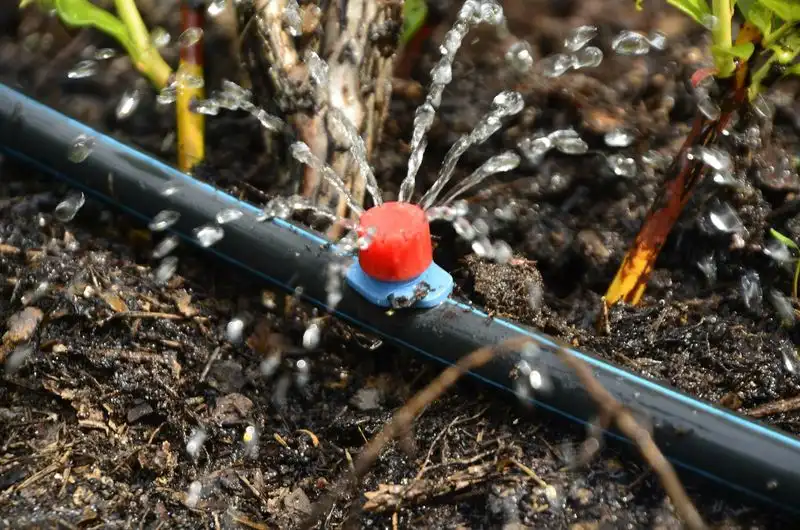
Watering is an art; doing it smartly conserves resources and supports plant health. Drip irrigation delivers water directly to roots, minimizing evaporation. Morning watering reduces fungal disease risks. Group plants with similar water needs for efficiency. Consider rainwater harvesting to supplement garden needs. These techniques ensure each plant receives adequate moisture without waste. Smart watering leads to healthier plants and lower water bills. By tailoring watering practices to the garden’s specific requirements, you create an environment where plants thrive and resources are used wisely.
Fostering Beneficial Insects
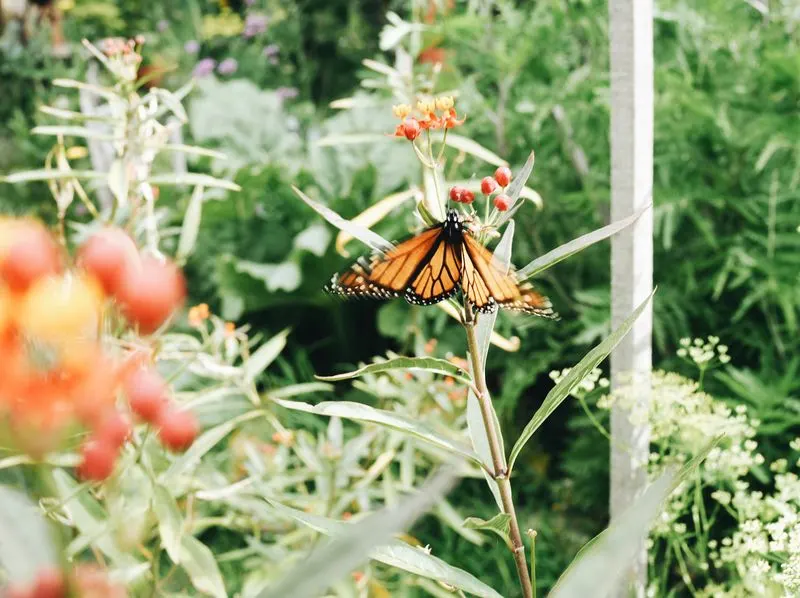
Not all insects are foes; many are allies in maintaining garden health. Beneficial insects like ladybugs and lacewings control pests naturally. Encourage their presence by planting a diverse range of flowers and herbs. Insect hotels provide shelter, keeping them in your garden. Avoid broad-spectrum pesticides that harm these helpful creatures. Supporting beneficial insects reduces the need for chemical controls, promoting a balanced ecosystem. They play a vital role in pollination and pest control, ensuring a productive garden. By fostering these allies, you cultivate a resilient, thriving environment.
Regular Weeding
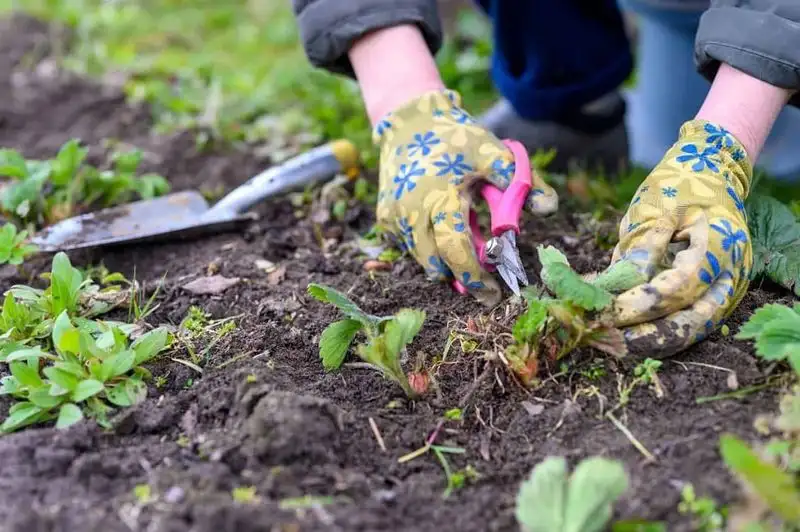
Weeds compete with plants for resources, affecting growth. Regular weeding is crucial to maintaining a healthy garden. Remove weeds before they seed to prevent spreading. Use mulch to suppress them naturally. Hand-pulling is effective for small patches, while hoes work well for larger areas. Consistent weeding keeps nutrient competition to a minimum, allowing plants to flourish. It improves air circulation and light penetration, further enhancing growth. Incorporating regular weeding into your routine ensures plants have the best chance to thrive, resulting in a more beautiful and productive garden.
Making Compost
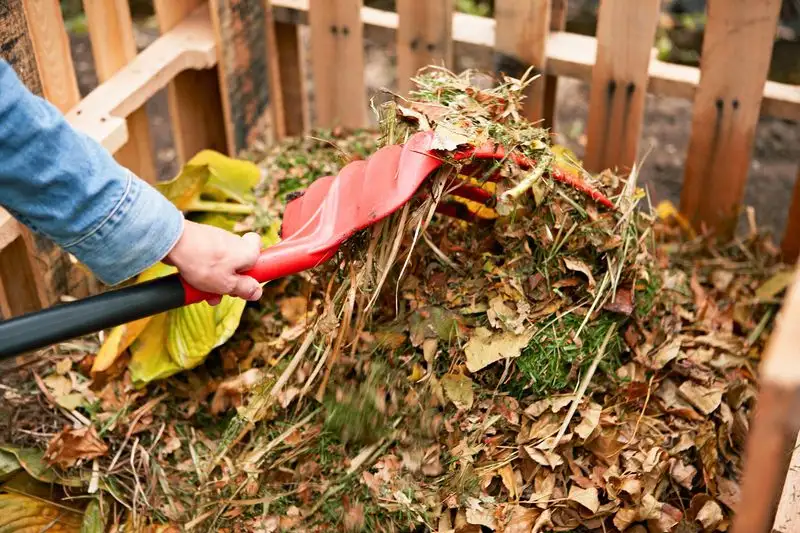
Composting recycles organic waste into nutrient-rich soil conditioner. It reduces landfill waste and enhances soil fertility. Start with balanced greens and browns, maintaining moisture for decomposition. Turn the pile regularly for aeration. Compost enriches soil structure, promoting healthy plant growth. Homemade compost is free of synthetic chemicals, safer for the environment. It supports beneficial microorganisms, creating a vibrant garden ecosystem. By embracing composting, you contribute to sustainability and nurture your garden naturally. This practice results in richer soil and more vigorous plants, closing the loop of garden productivity.
Creating Microclimates
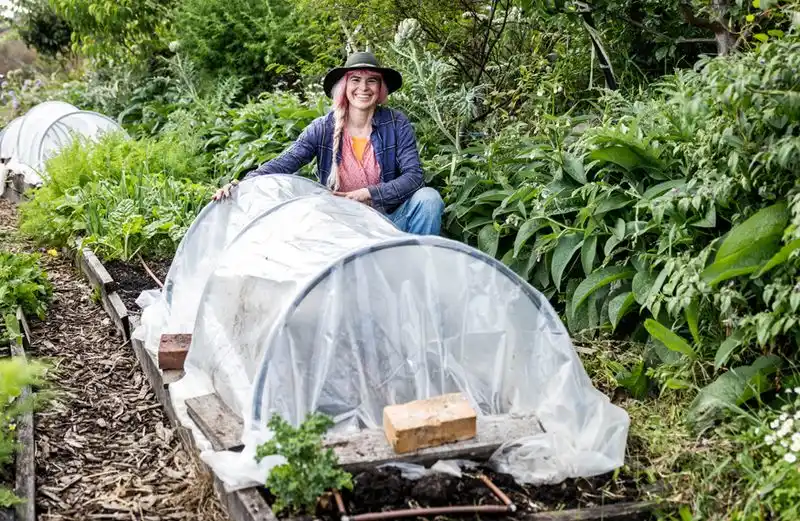
Microclimates enhance garden diversity by providing varied conditions. Use structures, like fences or trees, to create shade or windbreaks. These areas support different plant species that might struggle in broader conditions. South-facing walls can create warm spots for sensitive plants. Understanding and utilizing microclimates maximizes space and yields. It allows for experimentation with exotic or sensitive species. By creating microclimates, you tailor the environment to suit the plants’ needs, boosting success rates. This thoughtful approach leads to a more resilient garden, capable of thriving under various conditions.

